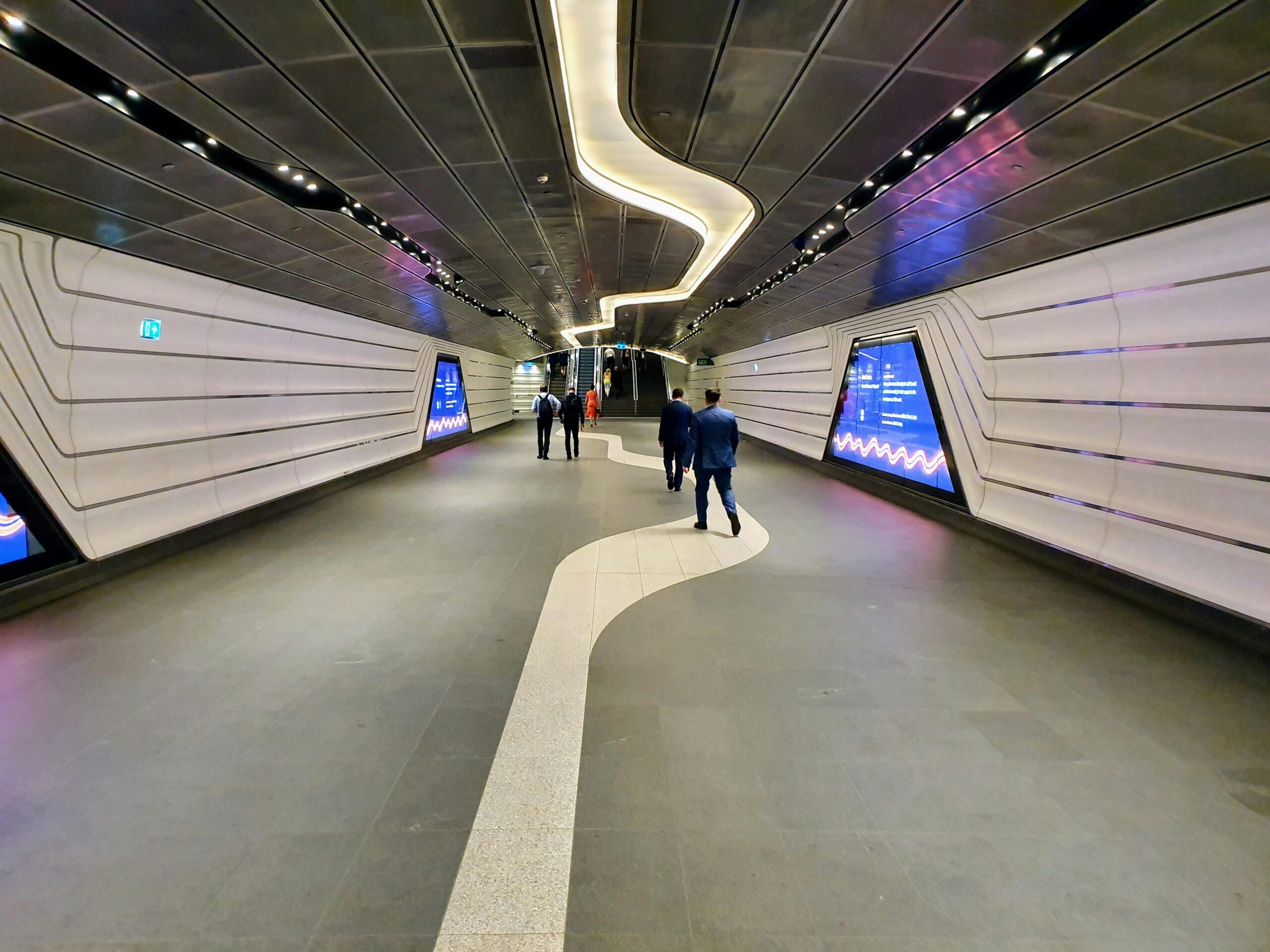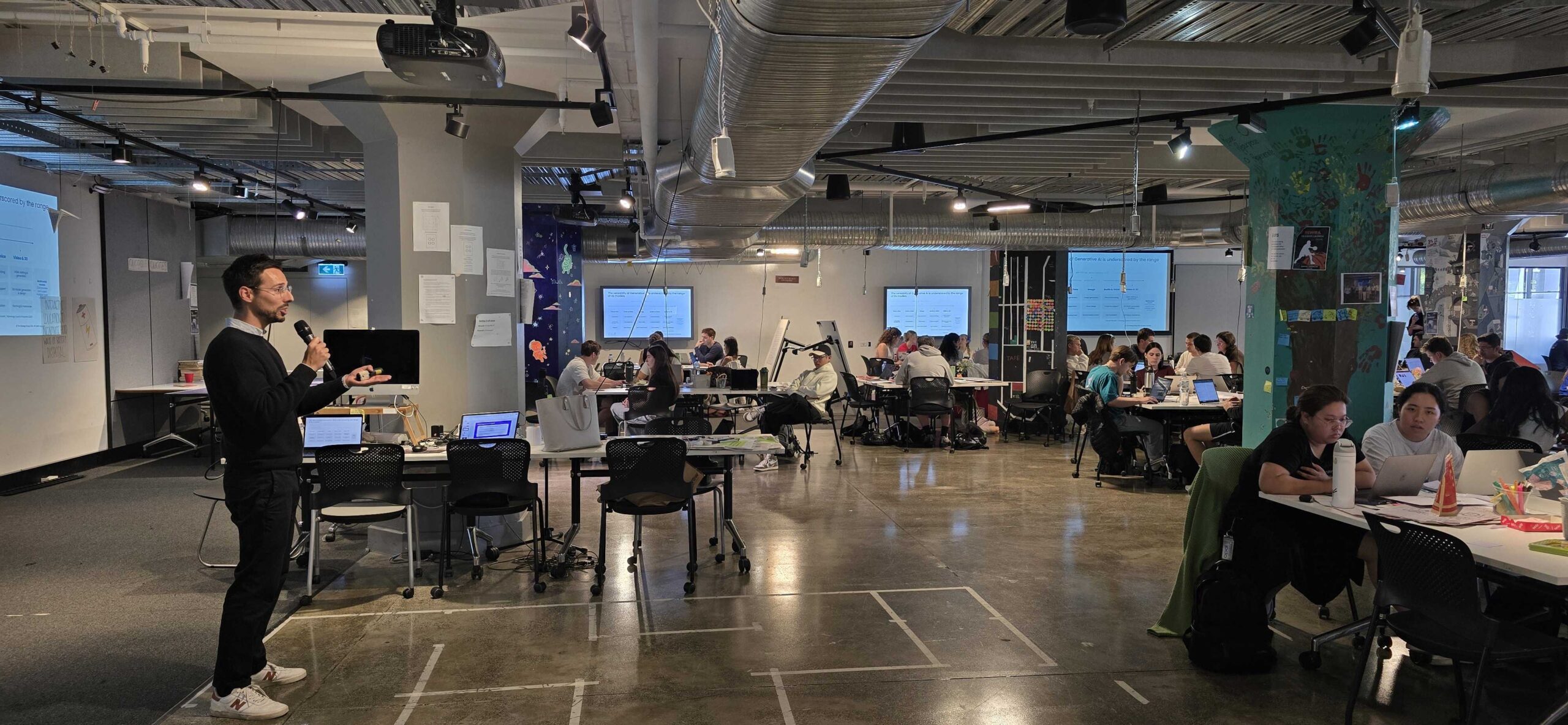Embracing the shift to hybrid
Throughout the COVID pandemic, our worlds, both personally and professionally, have been in flux. Sure bets have given way to shaky ground, whilst sacred cows have had a forensic light shone upon them like never before. In these uncertain times, phrases and words have taken on different meanings and connotations. One of those is ‘Working From Home’ no longer being viewed as an oxymoron. The belief that you cannot be working effectively if it is not in from the office, has been shattered irrevocably.
That still didn’t stop the KPMG UK Chairman, Bill Michael telling his staff to ‘stop moaning’ and return to the office. For the Bill Michaels of this world, Working From Home is still very much the oxymoron that it once was. But what him being forced out of KPMG has told us, is that the vast majority no longer hold that as true. That in itself, is a massive shift from where we were 18 months ago.
The question therefore moves onto what does the model of working look like in the future? Will COVID usher in the new age of flexible working arrangements? And if so, is that something to be desired? Or should we strive to get our employees into the office as much as possible?
The answer inevitably lies within an organisation. The needs of employees and their respective roles must take centre stage. The one size fits all approach to the workplace, no longer fits all.
Employee Experience Shows the Way
As Lynda Gratton explains in her HBR article ‘How to Do Hybrid Right’, there are two crucial elements of hybrid working: place and time i.e. where you work and when you work. Pre-pandemic, most organisations were rigid in the hours they asked you to work (roughly 9 to 5) and the place they wanted you to work in (the office). Exceptions were tolerated of course, but that’s what they were, exceptions to the rule.
We have long fetishised personalisation or customisation for the customer to answer their needs, with organisations rightly being held up as bastions of customer-centricity, bending to every need, want or desire their customers have. The scale of this customer-centricity changing business models simply has not been matched with the needs of employees changing working models. Employees who have to travel 2 hours were treated the same as those who do so for 20 minutes. The pandemic has changed all that.
From Stop-Gap to Policy
Moving from place and time rigidity to flexibility can seem daunting, as for many organisations Monday to Friday, 9 to 5, from the office has been the only constant in decades of upheaval. However, as the last 18 months has shown, when we need to be, we can be flexible and we now have the technology to support us to do so. A stop-gap it may have been, but employees’ needs and expectations have shifted, and organisations’ policies need to shift with them.
To create this policy, Gratton identifies four key perspectives to take into account: (1) jobs and tasks, (2) employee preferences, (3) projects and workflows, and (4) inclusion and fairness.
Jobs and Tasks
Start by understanding the critical drivers of productivity for each job and task – energy, focus, coordination, and cooperation. Then plot how these will be affected by changes in place and time of working arrangements. An example of this could be the role of Team Manager. The key driver of productivity here is coordination i.e. mentoring their team, sharing best practice etc. Therefore the most important element will be time and the need to work at the same time as their team. As long as that is true, where they do that becomes less critical as they can coordinate virtually.
Employee Preferences
Our productivity and performance varies according to our personal preferences. Asking what those preferences are and designing work around that is a crucial step of putting employees’ needs at the heart of any new hybrid model. Two employees may have the same role, but their life circumstances or connection within the company may differ dramatically as well as how and when they are productive.
For example a new employee who lives close to the office in a shared house may much prefer being in the office to establish connections and give them room to think. Whilst an employee who is established in the organisation and has a young family, may wish to spend more time at home.
Projects and workflows
This perspective takes into account how work gets done. The pandemic in combination with technology has provided us with the key platform in many circumstances to completely reimagine what traditional workflows can be. Where previously a face to face interaction was required or at the very least considered the norm, a virtual meeting may suffice, whilst even technical operations can be performed remotely in some circumstances. Assessing the types of work teams can help inform the time and place they need to perform them.
Inclusion and Fairness
Employees feeling they work in an unfair workplace has been proven to hurt productivity, increase burnout, reduce collaboration, and decrease retention. When moving to a hybrid workplace, it is crucial to ensure that everyone has the same opportunity to work within the hybrid model, rather than leaving it to ad hoc implementation based on the whims of individual managers.
To conclude, the genie is very much out of the bottle with hybrid workplaces. Employees now recognise the benefits of hybrid working and demand that their needs are better catered for. Organisations, not just employees, also stand to benefit from implementing more flexible working arrangements, with happier, healthier and more engaged workforce resulting in productivity increases and greater value creation. This is a massive opportunity to reshape our workplaces for the better. To do so will require active engagement with employees to understand their needs as well as establishing what are the needs of the role in terms of where it can be done and at what time.
What next
Your human capital has the potential to be a key clear area of differentiation for your organisation against your competitors. Creating an impactful employee experience strategy helps you unlock the talent that already exists within and makes the brightest and best in your industry want to come and work for you.
We at The Strategy Group have a wealth of experience working with organisations to create and deliver employee-centric strategies. We can work with you to define what your employee experience strategy is, tailoring our six-stage approach to work with your specific needs. We pride ourselves on ensuring our work makes a lasting difference by receiving buy-in from the relevant stakeholders and embedding the employee experience strategy across the organisation.
Contact us to find out how The Strategy Group can help you design your employee experience strategy. You can learn more about employee experience, and why having an employee experience strategy is critical here.
Are you following us on social media?LinkedInInstagram
Contact Us
Have any questions? Want to know how we can help you and your organisation? Contact us using this form.
We can work with you to design and support implementation of a strategy for your business unit, for your entire organisation, or for any segment of your organisation where a fresh approach will add value.
We will use a combination of globally-recognised leading-edge processes, coupled with our proprietary validated toolbox to develop a bespoke, customised strategy, which we can assist you in implementing, that will deliver tangible impact and value to your organisation and your customers.
We have been designing and implementing strategy solutions since 2003 and we have the expertise and the experience not only to deliver, but to overdeliver.
Join 10,000 others who want the latest insights, tools, tips and resources. We help you get better results by staying on top of the latest methodologies and thinking












